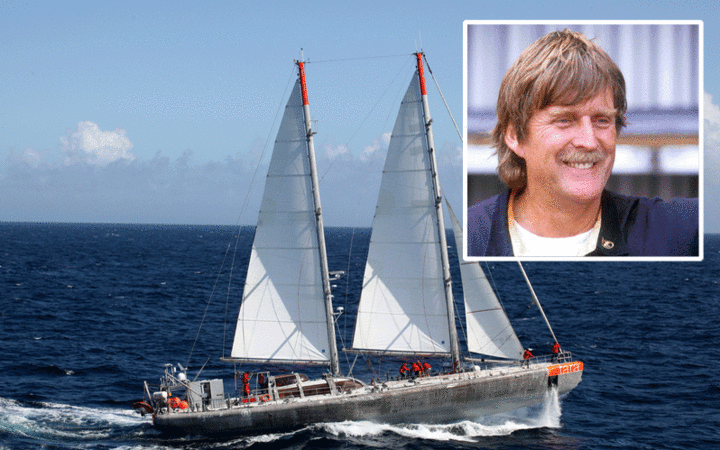At Morning Tea (10:40 AM), I went to the Learning Street (where the roadshow was). There was the second part of the first show going on and the explainers were wearing name badges. But I wasn't. Here's why...

The teachers had planned Surfing for today. But, the forecast changed and it should be raining, so it cancelled. So, Mr Stock had crossed my name out for the explainers because of Surfing, but he didn't know that it was cancelled. I had told him about the cancellation on Monday and he said that "... if someone pulls out to be an explainer, then you can be in... I had crossed your name out for Tuesday and Wednesday...", so I was quite sad that I wasn't the explainer and I wanted to be one. But, he called me to look at the show.
So, that is what happened.
As I told you, I went to the Learning Street and there was the show going on. Mr Stock met me and said, "you will be an explainer." I was happy in joy. Also, he said that I can be an explainer for Wednesday too. But, I didn't know what to do. By then, the show had finished, people were taking their bags and going to class. Mr Stock said to come back at 12:20 (period 4). Later, I went back to class.
12:20 PM
I had told my teacher that I had to go to the Roadshow at the Learning Street. The teacher agreed and sent me off to the Learning Street. When I went there, Mr Stock said to go back to class and said to meet at the start of Lunch (1:20 PM).
1:20 PM
 |
| Science Roadshow at Northland College |
- An average human produces about 66 kilograms of poop every year!
- Adults grow 9 meters of small intestines, which contain a hundred trillions of bacteria.
After the show had ended, the students went to the experiment exhibits. There were experiment exhibits like Cycling Skeleton (where you have to cycle and see how your bones are moving inside your body), Spinning Chair (where you spin around in a chair and if you take your hands out you will get slower, if you take your hands in you will spin faster), Uphill roller, Dioxide Glass, Phases of the Moon, True Star Positions, Lock and Key, and more. There were many exhibits to look at and have fun. After looking at every exhibit it was time for the second show, 'Fire and Ice'. I also learnt more information from the show:
- You need three things to make fire:
- Oxygen
- Heat
- Fuel
- Water and Ethanol have no reaction - if you mix water and ethanol and you dip the paper in. Next, you put the paper on top of the fire and the paper is dry.
We also learnt that how different things expand and contract according to temperature. The explainers left at 2:30 PM back to class.
It was an awesome time at the Science Roadshow and I am going to post about the Science Roadshow after school, so check it out. I hope you have a cool day!! Comment down below if you have learnt something new. Have a cool day!! Bye!!
It was an awesome time at the Science Roadshow and I am going to post about the Science Roadshow after school, so check it out. I hope you have a cool day!! Comment down below if you have learnt something new. Have a cool day!! Bye!!






























